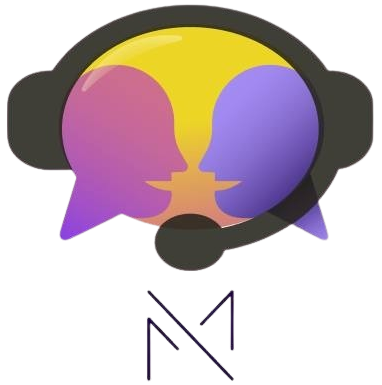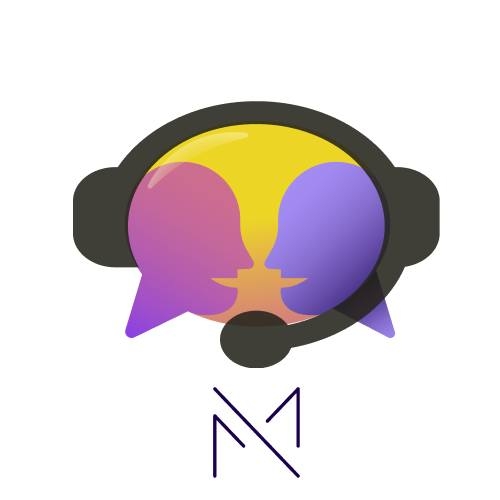When I first started working as a remote interpreter, I leaned heavily on tools like Google Live Caption during calls. I get it — they seem helpful. In fact, many interpreters still depend on them today.
But here’s the hard truth: live captioning isn’t a support system; it’s a crutch. And if you rely on it too much, it will weaken your interpreting skills and hurt your long-term performance.
Let’s break down exactly why this habit is more harmful than helpful.
🚫 The Hidden Dangers of Relying on Live Caption
1. It’s Not Accurate
Live captions are often wrong. Names, dates, medications, and even full sentences can be mistranscribed. If you blindly repeat what you read, you might end up interpreting something the speaker never said. That’s not just risky. It’s unprofessional.
2. It Divides Your Attention
Interpreting requires full cognitive focus. Reading captions while listening and interpreting splits your mental energy. Instead of understanding ideas, you start parroting words. That’s not interpreting. That’s multitasking, and it makes your output sloppy.
3. It Weakens Your Core Skills
The more you rely on captions, the less you build your muscle for active listening, retention, and meaning reconstruction. Eventually, you stop interpreting and start reading. That’s not a skill. It’s a shortcut.
✅ What to Do Instead
Use Proper Interpreter Protocols
Never hesitate to ask for repetition, clarification, or pauses. That’s not a failure. It’s part of your job. Owning this responsibility shows professionalism and precision.
Master Strategic Note-Taking
Use symbols, abbreviations, and a clear structure to quickly jot down key ideas. Good notes help you stay accurate without splitting your focus like captions do.
Train in Active Listening and Visualization
Interpreters don’t just hear words. We process ideas. Practice listening for meaning, structure, and emotion. Visualize what the speaker is saying. This one habit can transform your interpreting.
🟡 So… Can You Ever Use Live Caption?
Yes, but only sparingly and strategically.
Keep it on in the background and glance at it only to double-check critical details like names, addresses, phone numbers, dates, or the spelling of medications and procedures.
Use it as a reference, not your main guide.
Final Thoughts
Relying on live caption is like watching a movie on mute with subtitles. If the captions glitch or vanish, you’re lost. That’s not how a skilled interpreter operates.
You’re not a caption reader. You’re a communicator. A bridge. A professional.
Sharpen your ears, trust your training, and let your skills do the work.
What’s been your experience with live caption tools? Have you found a balance between using tech and building real interpreting strength?
Let’s start a conversation. Share your thoughts in the comments.

